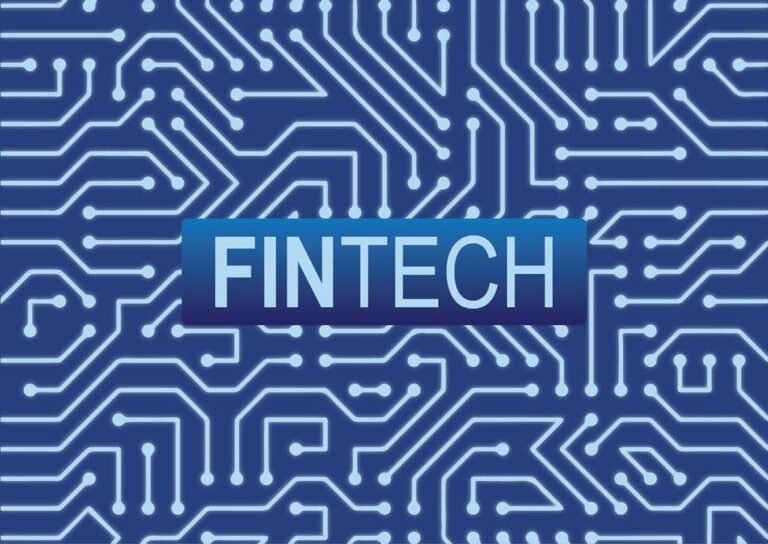Using technology to streamline financial services, creating new products, processes, & business models, these innovations include a wide range of applications.
There’s never been a more exciting time to watch the financial world transform. The speed and scale of innovation happening in fintech are amazing. We’re not just talking about smoother banking apps or faster payments anymore. We’re witnessing the complete reshaping of how money moves, grows, and is managed. And the best part? This is just the beginning.
So let’s dive into this exciting journey, starting with where we are now, where we’re headed, and how today’s breakthroughs are laying the groundwork for tomorrow’s financial revolution.
To appreciate where we’re heading, we need to look at what fintech is doing right now. Over the last decade, fintech has become one of the most vibrant and disruptive industries out there. It’s been tearing down walls that traditional finance had built up for decades.
No longer do we need to stand in line at a bank branch. Instead, we open accounts in minutes. We send money across the world with a few taps. We invest in stocks, crypto, or even fractional real estate—all from our smartphones. It’s freedom of financial accessibility in our pockets.
What’s truly fascinating is how fintech has democratized finance. It gives tools to those whom traditional institutions once ignored. It’s creating feasibility, lowering fees, and pushing for transparency. From peer-to-peer lending platforms to neobanks like Chime or N26, innovation is happening at every layer.
The current trends in Fintech technology are a hot cake in the industry. Because what’s trending today will shape what gets built tomorrow. These are as follows:
If the last ten years were explosive, the next ten are going to be transformational. We’re not just heading into a future of digital wallets and faster transactions. We’re stepping into a world where finance is smarter, more adaptive, and deeply embedded in our lives. Some of these future trends are:
Hyper-personalization: With better data and smarter AI, fintech platforms are tailoring experiences to the individual. Imagine getting a loan offer that’s perfectly timed for your needs. Or an investment suggestion that fits your exact risk profile. No more one-size-fits-all.
Autonomous finance: This means financial systems that act on your behalf. Your money will know when to move, where to grow, and how to protect itself—without you lifting a finger. Think of it like autopilot for your finances.
Digital currencies: They will also play a bigger role. Central banks around the world are exploring their digital coins (CBDCs). This could revolutionize how governments send benefits, how taxes are collected, and how economies run at large.
Blockchain: They will continue to evolve. Beyond crypto, blockchain could transform identity verification, real estate transactions, and cross-border settlements. It’s not just about money—it’s about trust, transparency, and decentralization.
Financial inclusion: Billions of people still don’t have access to traditional banking. But with mobile phones and smart fintech tools, that’s changing. The goal is clear: bring more people into the financial fold.

Fintech evolution is proportional to watching history in the making. The tools we are building today are paving the way for a financial system that is more intelligent, fairer, and faster. Yes, there are challenges to be faced. Regulation needs to keep up. Security must stay ahead of threats. And we must ensure that innovation does not leave anybody behind. But the signal is given, and the momentum is uncontainable.
Fintech is revolutionizing not only how we handle our finances, but also what we mean by money itself. The future of finance isn’t going to be a place we go to — it’s going to be something that works quietly and smartly behind the scenes, always on, always adapting. And one can’t wait to see where this journey takes.